Simulation plays a vital role in reducing costs and accelerating the development of cars. With modern vehicles having complex systems and stricter safety standards, the use of simulation becomes even more important. Simulation allows for virtual testing of realistic models, reducing the need for physical prototypes and extensive real-world testing.
Let’s consider a first example. Studying physics-based sensors requires testing 3 vehicle targets at 3 various speeds, along with 3 different radar sensor configurations. This process alone requires 54 hours of continuous simulation.
Another case, with data generation for AI training. By 2030, synthetic data is predicted to surpass real data in importance. Simulating 50,000 images for a virtual camera sensor, including segmentation and annotation, takes around five days of continuous simulation.
Final example, the level of autonomy of cars increases, and with it the need to test to ensure safety and functionality in known and unknown scenarios. Conducting physical tests alone is already impractical. In 2016, Akio Toyoda, CEO of Toyota, estimated “14.2 billion miles of testing is needed”. Simulating one million scenarios on a single computer would take approximately five years of continuous simulation.
Example 1

Example 2 :

Example 3 :

Given these increasing demands, it is essential to find ways to meet simulation requirements while keeping the costs and time low.
Massive simulation – or Bulk Simulation – enables fast results, even with advanced (computation-heavy) models and increased mileage. It is achieved by running multiple simulations at the same time – in parallel and sequentially, on a High Performance Computing (HPC) platform. The HPC may be built locally, or the Cloud computing may be used to take advantage of scalable and virtually limitless computing power available instantly.
The SCANeR software suite offers a complete range of tools, ensuring a unified environment for scenario preparation. Users can easily design models, experiment with variables, and test locally before deploying to HPC or the cloud.
SCANeR Studio enables easy scenario creation and models configuration: terrain, vehicle model, sensors, system under test.
SCANeR Explore is the magic bridge to Massive Simulation. It gives you tight control of the variable constraints and the statistical rules to draw values. You are able to stick to a validation plan, covering all ODD (Operating Design Domain) with the respective proportion (say for example, more sunny and rain cases than snow).
- Supports all scenario parameters
- Parameters constraints
- Value distribution: Factorial, Statistical, custom distribution laws
- Customizable with Python scripting
- Scenarios generator
- SCANeR simulation launcher
- All functions are also accessible through an API available in C++ and Python
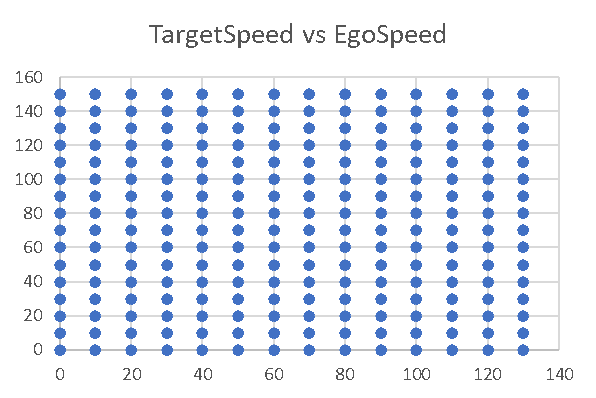
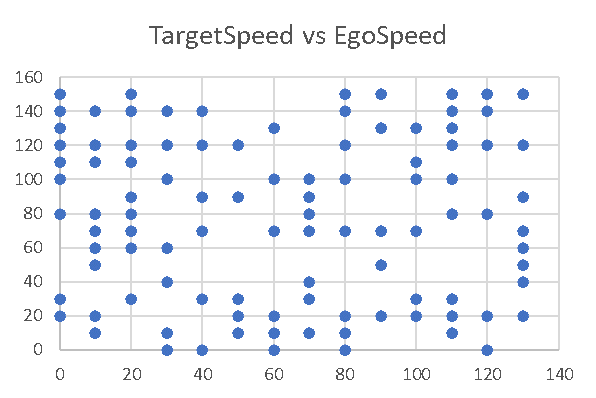
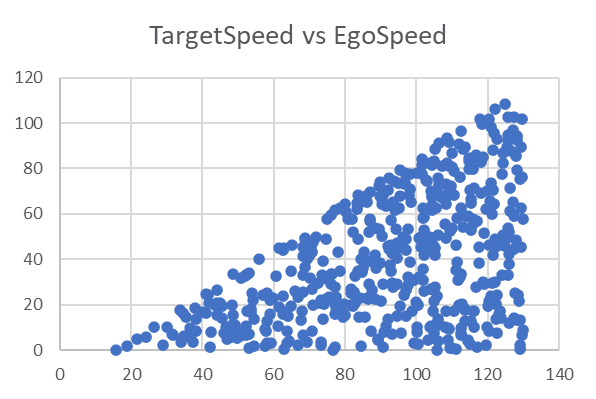
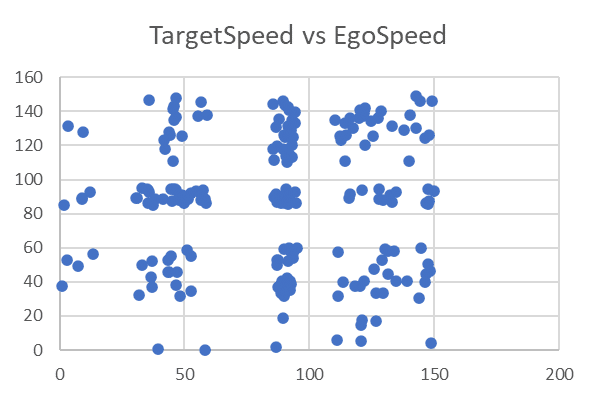
Examples of values distribution
SCANeR Compute is the command line tool that can run the many (hundreds, thousands) scenarios generated by SCANeR Explore. You can use it to create a workflow that leverages your local HPC or Cloud service.
SCANeR Cloud provides its user-friendly web interface to send and execute multiple scenarios directly on Amazon Web Services (AWS). SCANeR Cloud streamlines the simulation workflow and provides traceability of scenarios and assets sent for execution, and monitoring during the execution.
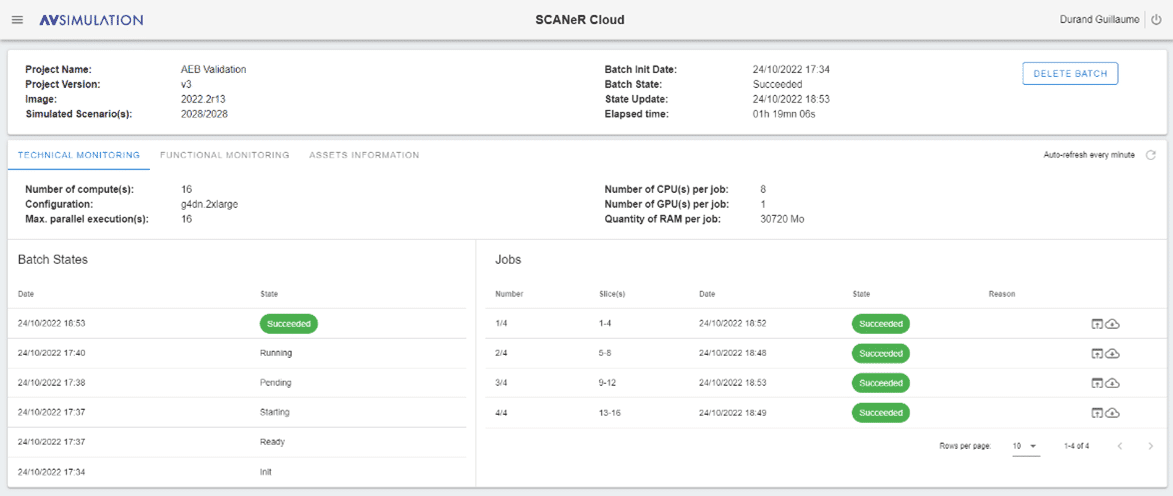
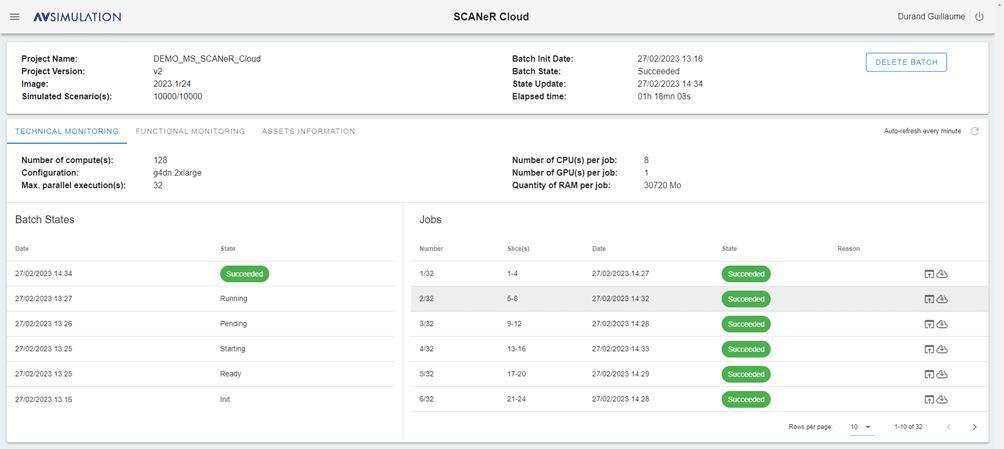
As soon as the first scenario is finished simulating, The results start to be compiled in the analysis interface.
- Interactive parallel coordinate graph
- Parameters are listed on the left columns; criteria are listed on the right columns
- Simulation runs that fail to satisfy at least one of the criteria are shown as red lines
- Recall of scenario details
- Export scenario back into SCANeR studio
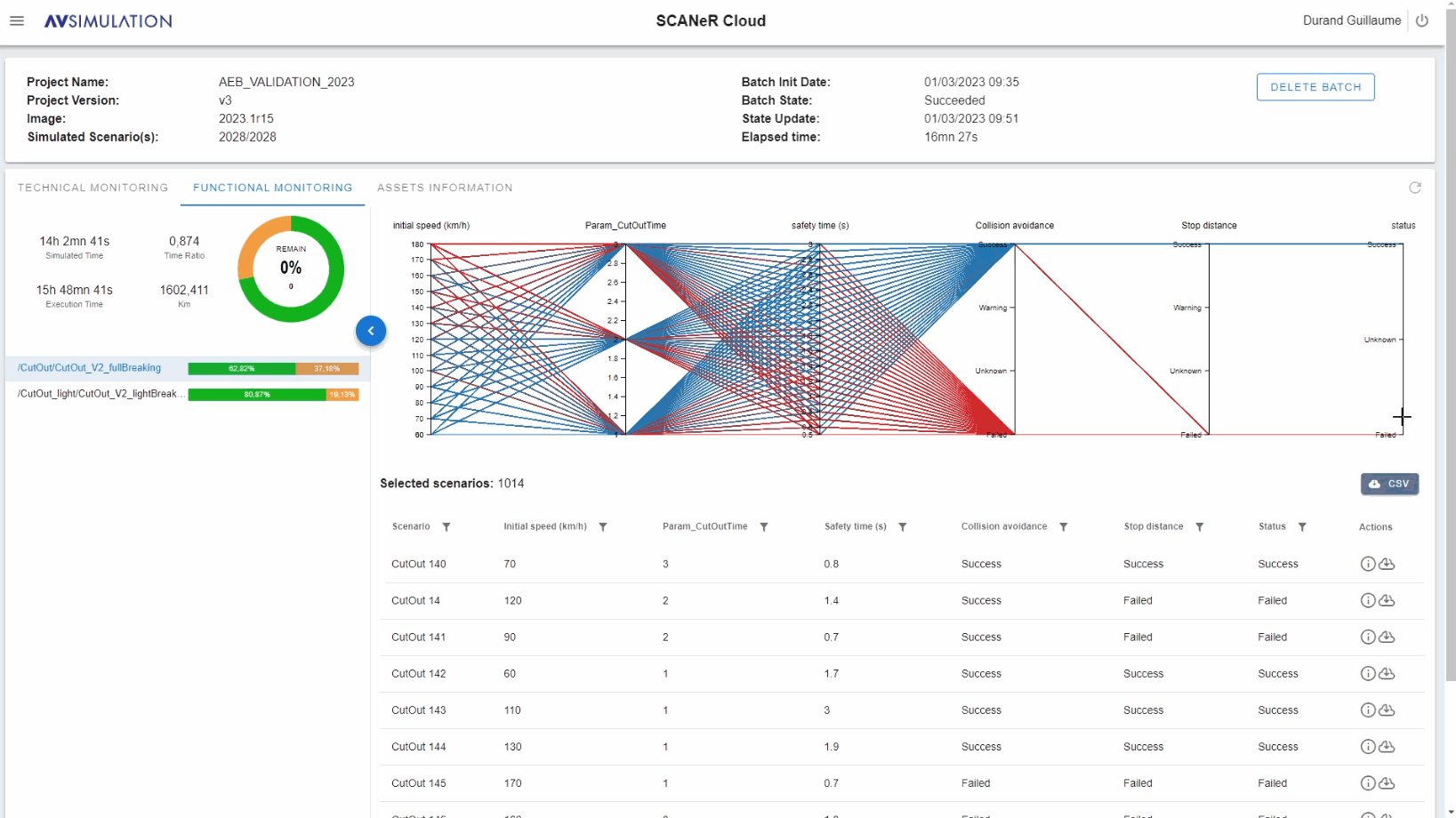
This makes it possible to detect whether the control law meets the requirements and, if not, to correct it more effectively.
SCANeR Cloud offers scalability, allowing an increase in the number of simulated use cases. This makes it possible to cover a very large test area and to find anomalies more easily, to make systems more robust and to approve vehicles more efficiently. All the while not increasing computing times exorbitantly thanks to parallelization enabled by the power of the Cloud. This power is available on demand, whether it is small or large. SCANeR Cloud therefore provides unprecedented flexibility for performing bulk testing campaigns.
In conclusion, SCANeR has all the tools to enable you to start using Massive Simulation from scratch or using your existing systems.
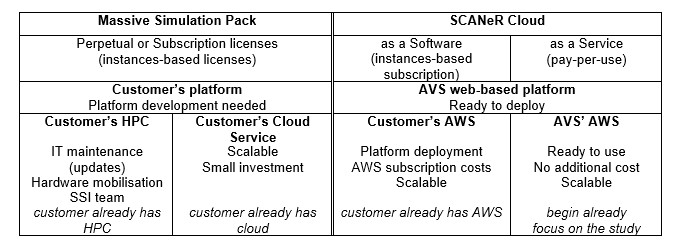
The simulation use cases are infinite and evolve with new systems, and so does Massive Simulation. With new systems come new needs of experimentation, test and validation at a large scale.
Written by Guillaume ADAM

